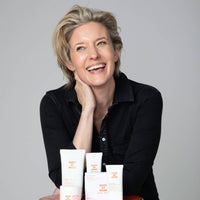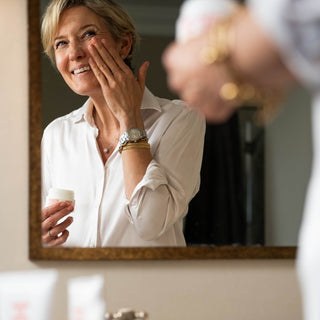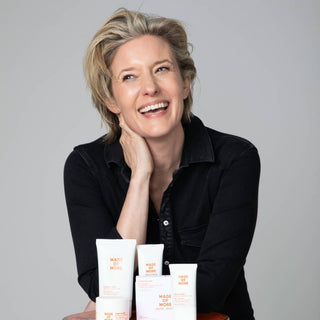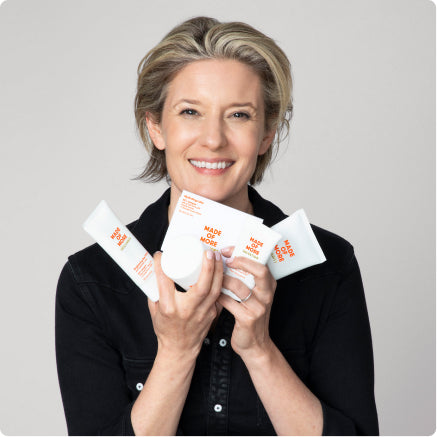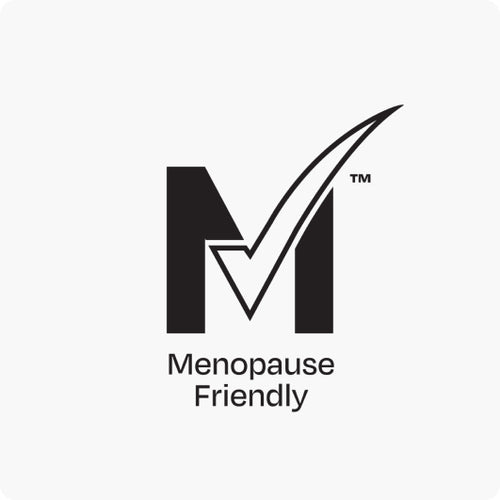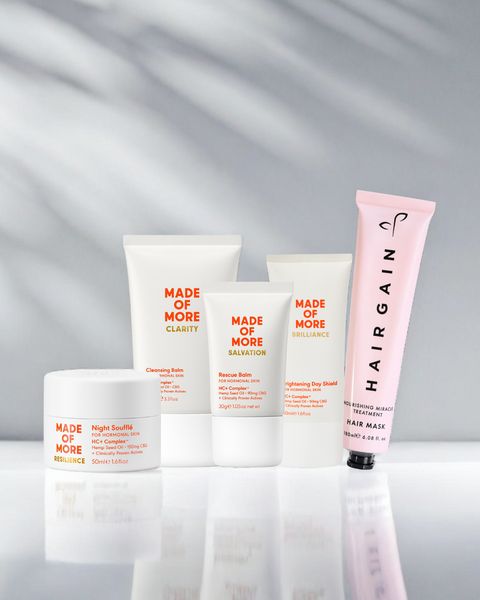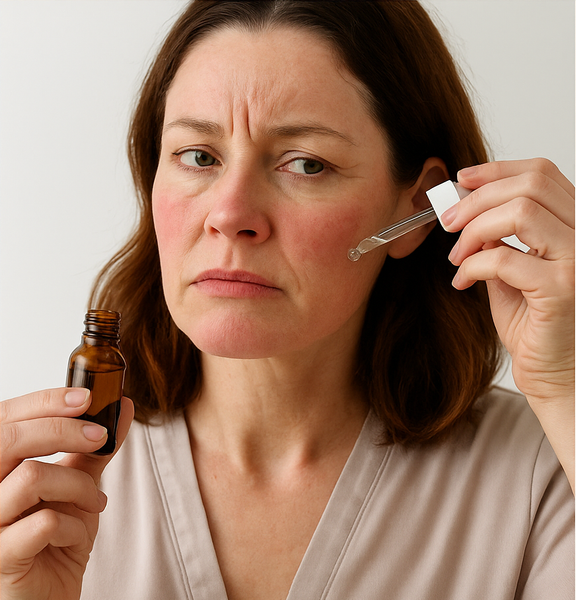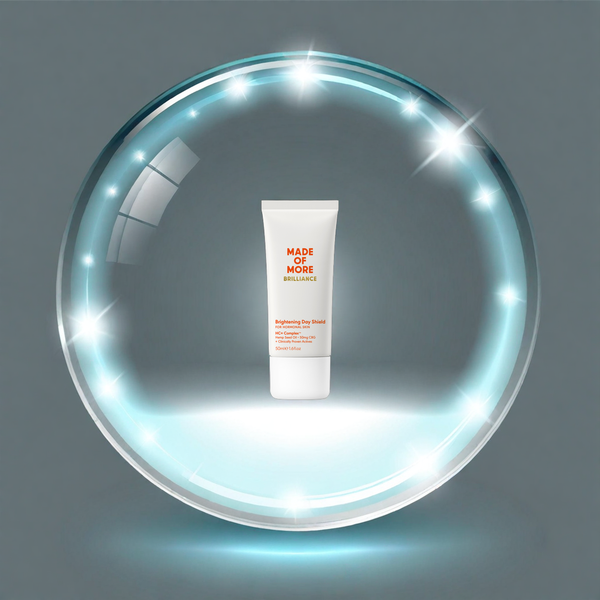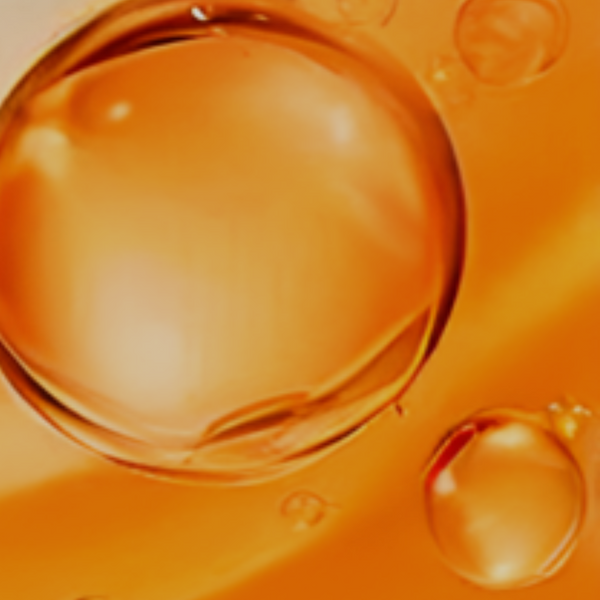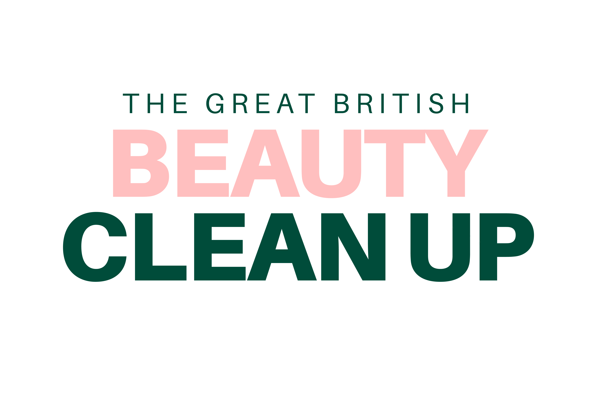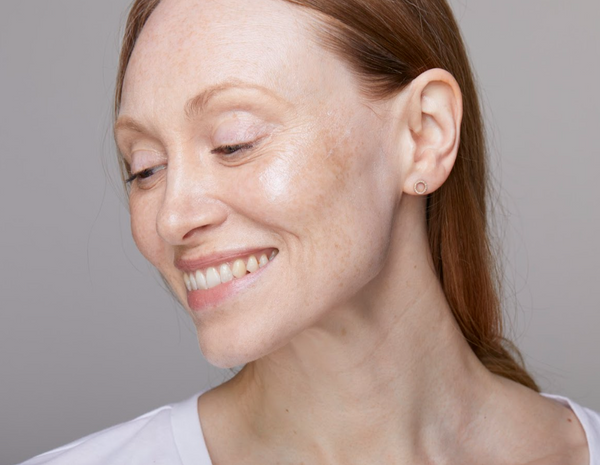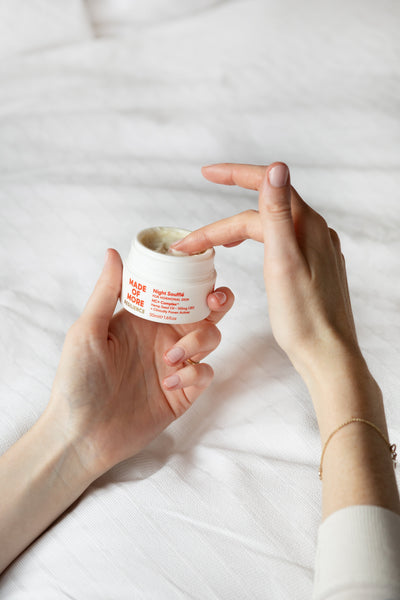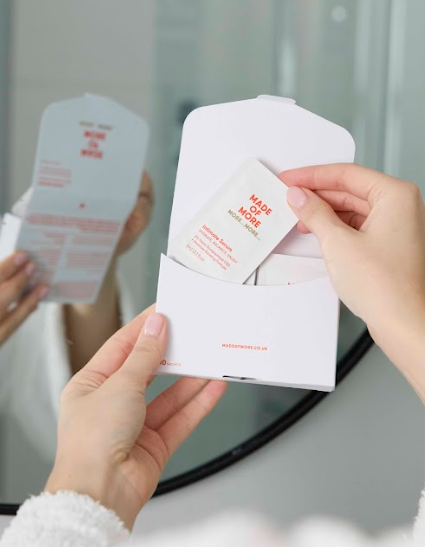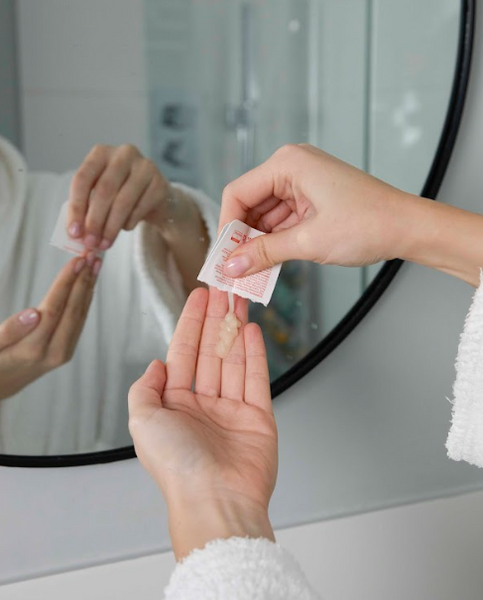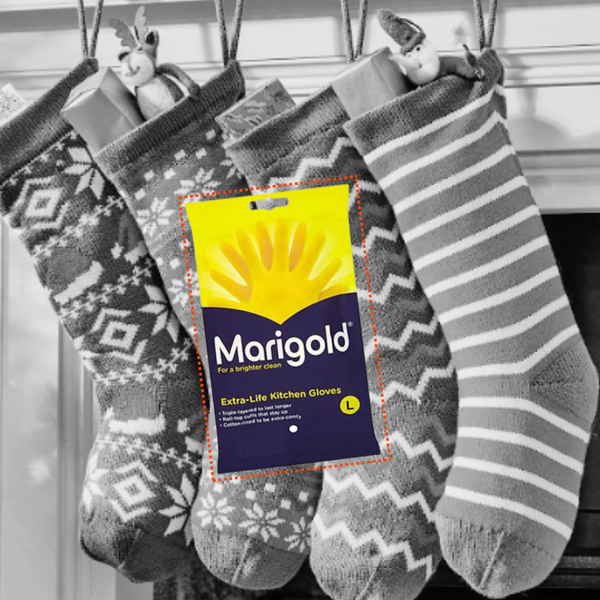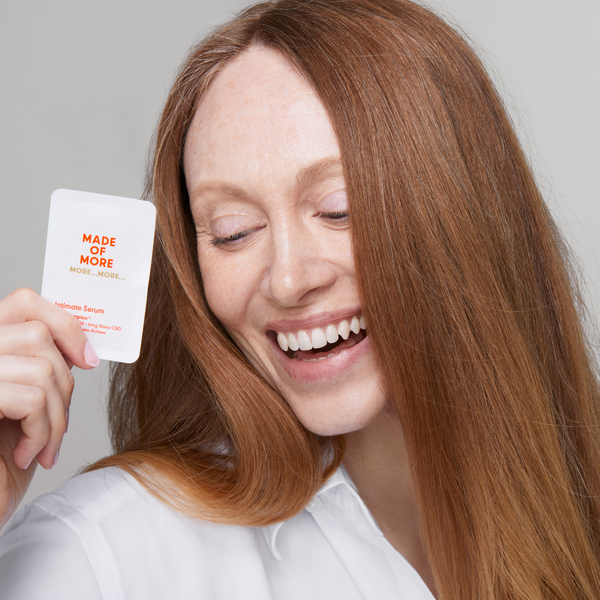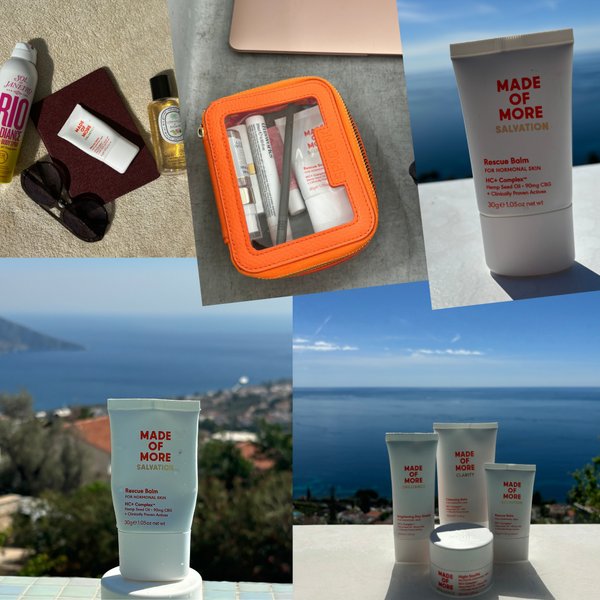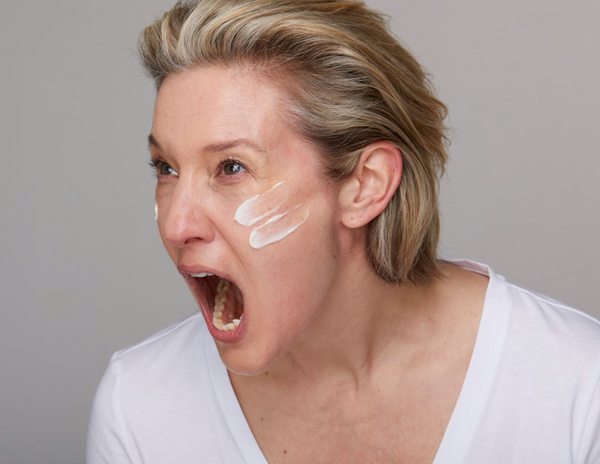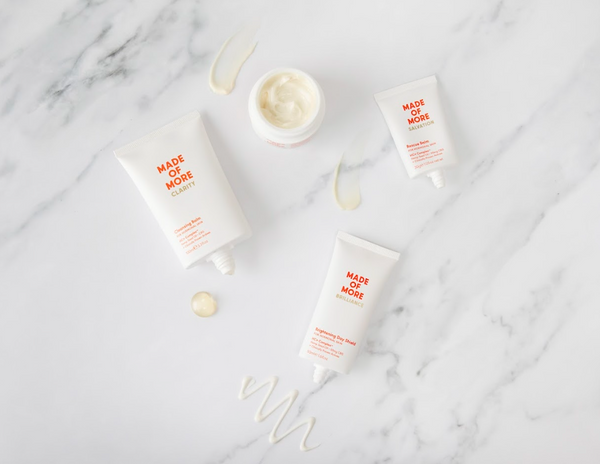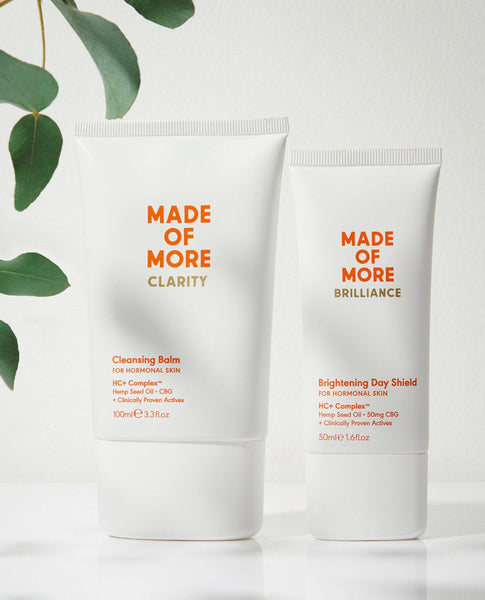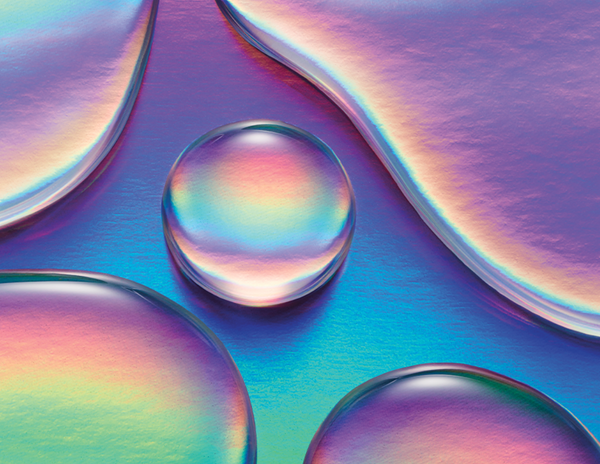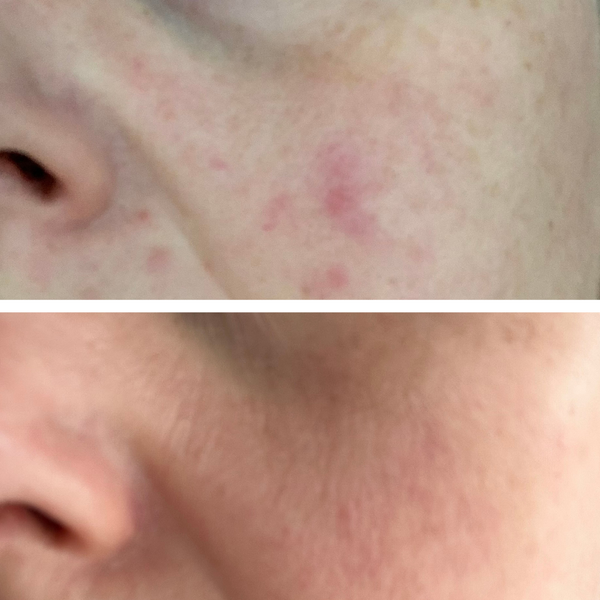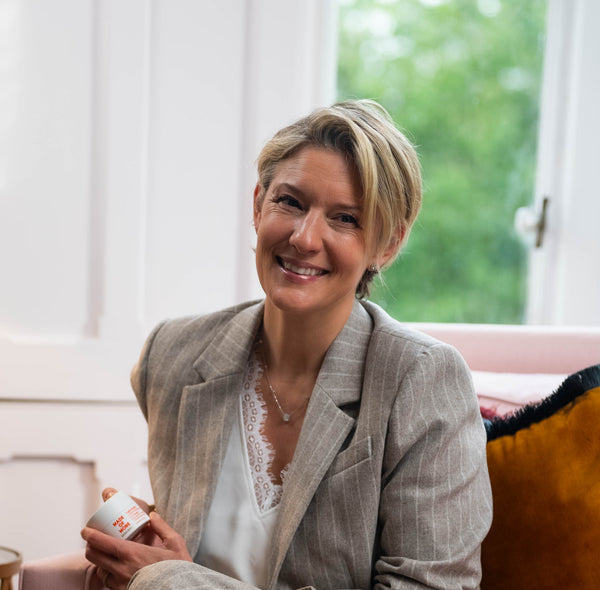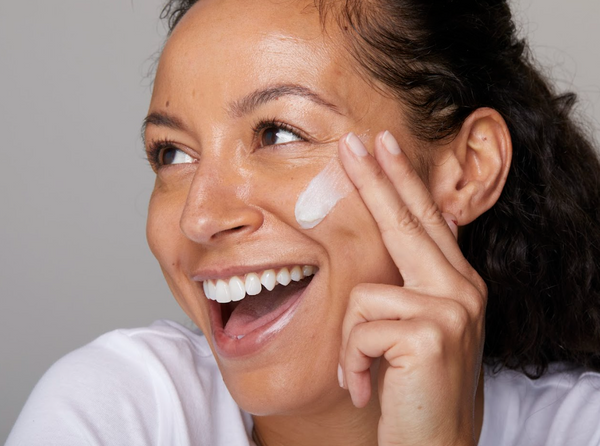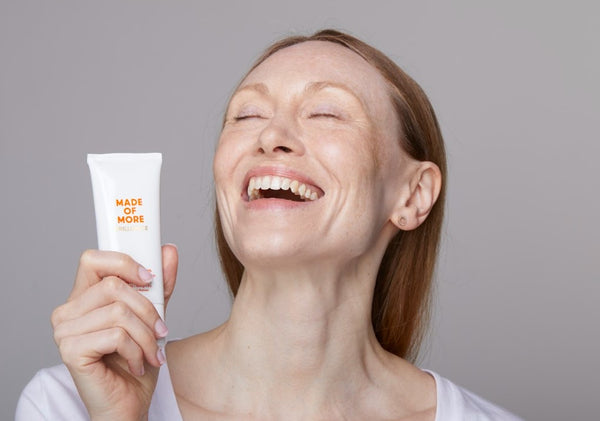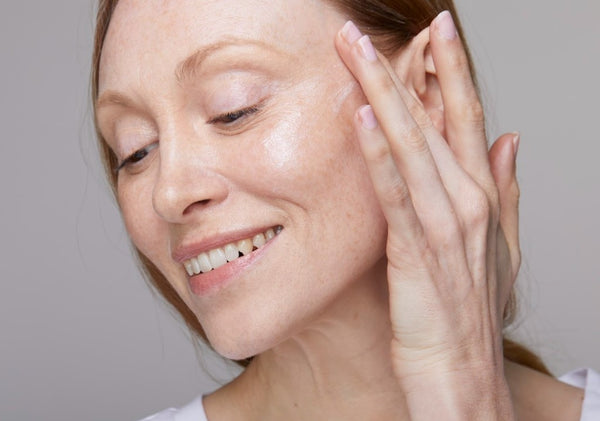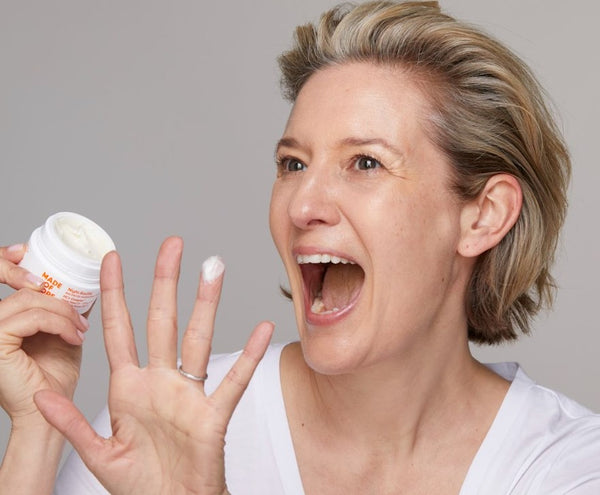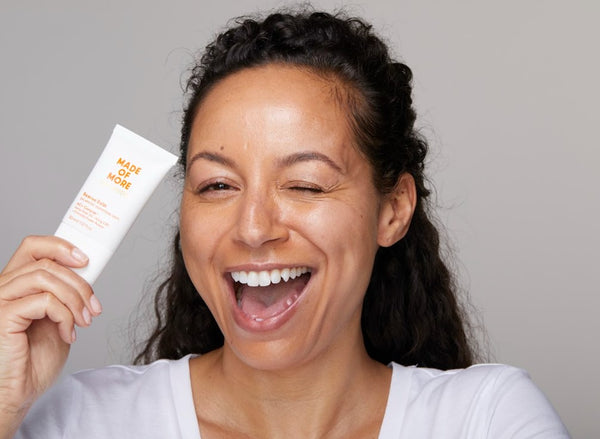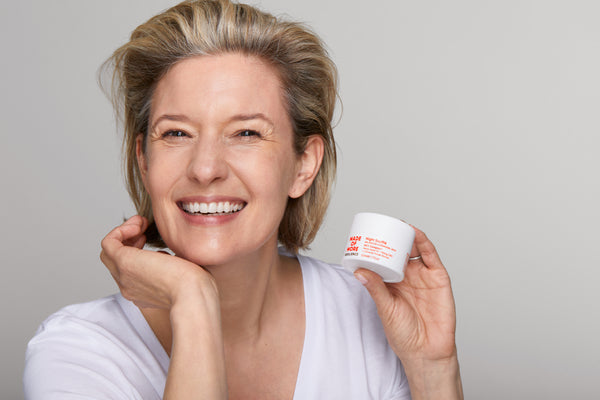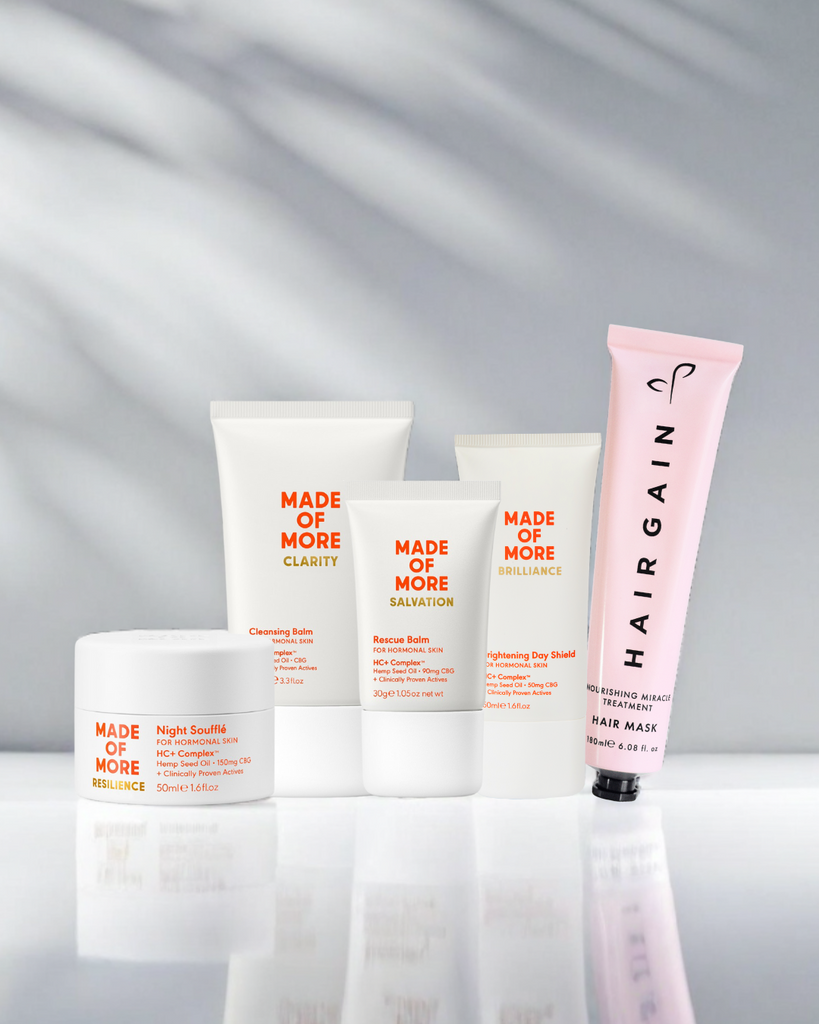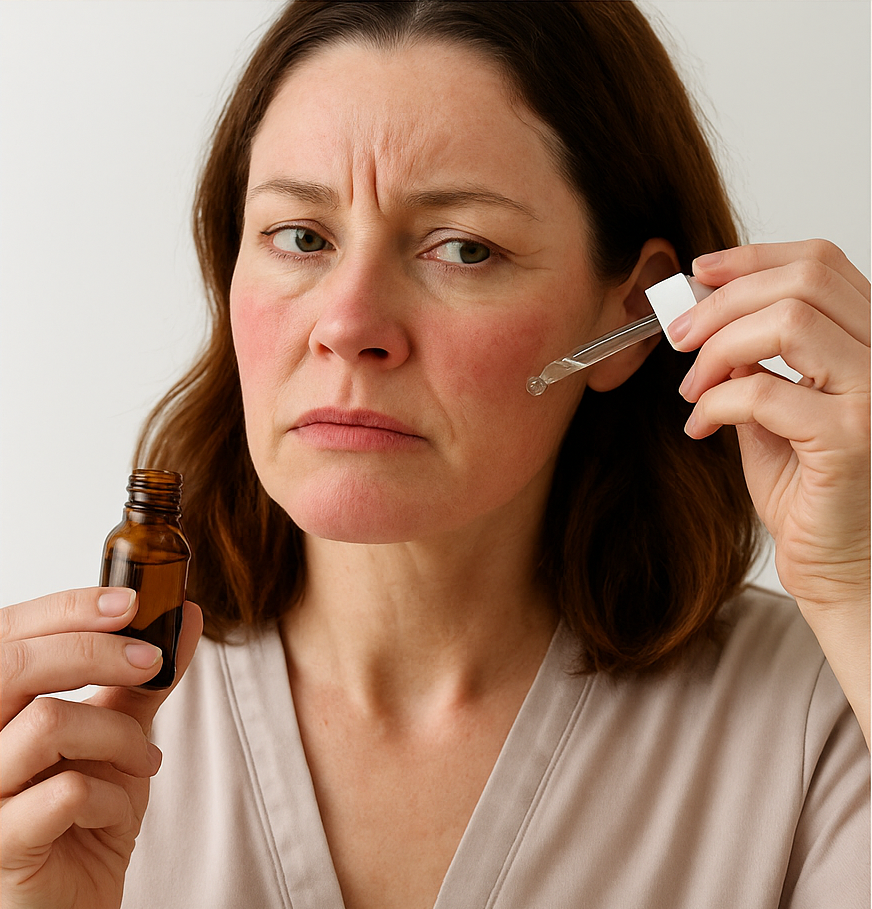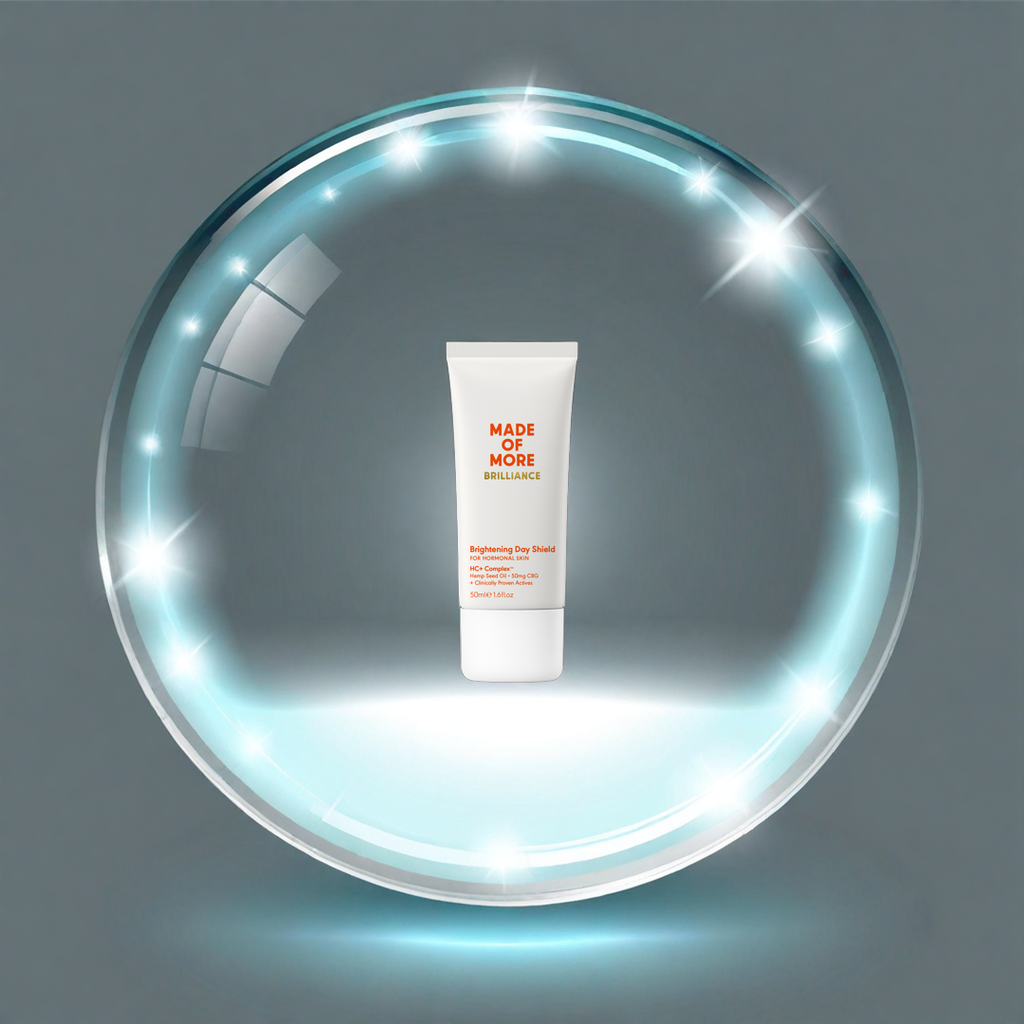Understanding the Basis of Misconceptions: The Role of Research Limitations
One key issue fuelling the apprehension towards glycerin in vaginal products is the reliance on studies conducted on cell studies or in vitro environments. These studies are valuable for initial insights but cannot fully capture the complexity of the human vaginal and vulvar systems. Unlike in vitro studies or simplified animal models, the vagina and vulva are complete organ systems with intricate interactions between their microbiome, pH, and mucosal barriers. These factors make direct extrapolation from these models to human experience problematic.
Furthermore, the evidence against glycerin in vaginal lubricants often involves products with hyperosmolar and unbalanced pH formulations. Osmolality, which measures the concentration of particles in a solution, plays a critical role in maintaining vaginal health. Hyperosmolar products – those with high osmolality – can draw moisture away from the delicate vaginal tissues, potentially causing dryness, irritation, and pH disruptions. However, the negative effects observed in these studies arise primarily from formulations that do not maintain balanced osmolality or pH, rather than from glycerin itself. When included in properly formulated products, glycerin can offer unique benefits without causing these undesirable effects.
Why Glycerin Can Be Beneficial in Intimate Serums and Vaginal Lubricants
When formulated with appropriate osmolality and pH balance, glycerin-based products can offer several advantages. Glycerin is a water-attracting humectant that helps maintain hydration, which is particularly beneficial in intimate areas prone to dryness. This moisturising property not only enhances comfort but also supports the integrity of mucosal surfaces, reducing the likelihood of micro-tears. Micro-tears can increase susceptibility to infections, and lubricants that effectively reduce friction and dryness can help mitigate this risk.
Glycerin also provides a “second slip,” a smooth, long-lasting glide that minimises the need for frequent reapplication. This feature is particularly advantageous for intimate activities, as it prevents friction-induced irritation, a common cause of discomfort and micro-injuries that could allow bacteria or yeast to proliferate.
Moreover, glycerin’s antimicrobial properties, supported by various studies suggest it may inhibit bacterial growth, thus offering an additional layer of protection in intimate formulations. Notably, research by Dr. Joelle Brown of UCLA has highlighted a stronger association between infections and petroleum-based products than with glycerin-based lubricants, underscoring that glycerin is often unjustly blamed for issues that more likely stem from other ingredients or imbalanced formulations.
Addressing Common Concerns: Glycerin Is Not Sugar
One widespread misconception is that glycerin, because it is a sugar alcohol, can feed yeast and thereby cause yeast infections. However, this is chemically inaccurate. Unlike sugars, which can fuel yeast growth, glycerin is a sugar alcohol that does not metabolise in the same way when applied topically. Only when ingested orally does glycerin undergo metabolic conversion in the liver to become glucose. In a topical context, such as an intimate serum or lubricant, glycerin cannot break down into a sugar capable of feeding yeast. This is an essential distinction that clears up a significant portion of the concerns surrounding glycerin’s use in vaginal products.
Quality Matters: Not All Glycerin Is Created Equally
Another critical point is the quality of glycerin used. Not all glycerin is the same, and lower-quality, petrochemical-derived glycerin can have impurities that may irritate sensitive vaginal tissues. Reputable brands will be using high-quality, pharmaceutical-grade glycerin sourced from plants, like flax seed, which is organic, sustainable, and free from potentially irritating impurities. Using high-quality glycerin can significantly enhance the safety and effectiveness of the product, mitigating risks associated with lesser grades of this ingredient.
A Balanced Conclusion: Glycerin Is Not Inherently Harmful
In conclusion, glycerin, when used in a well-formulated, pH-balanced, and osmolality-appropriate product, can be safe and beneficial in vaginal lubricants. It provides long-lasting hydration, reduces friction, and may even offer antimicrobial benefits. Concerns about glycerin often stem from misunderstandings around its chemical properties and studies based on models that do not accurately represent the complexities of human physiology.
For most users, glycerin-based intimate products can be a valuable option. However, as with any product, individual preferences and health histories should guide choices. Women with specific sensitivities or a history of recurrent infections may prefer a water-based lubricant, and they should consult their healthcare providers for personalised advice. Ultimately, glycerin is a safe ingredient when used thoughtfully and responsibly, and the decision to use glycerin-based products should be informed by accurate information and a balanced understanding of the available evidence.
Glycerin is FDA approved.
Dr Sunny Dhesi is a General Practitioner, aesthetic doctor with a special interest in women’s health and Made Of More’s Clinical Lead. Information sources: Pubmed & Google Scholar

